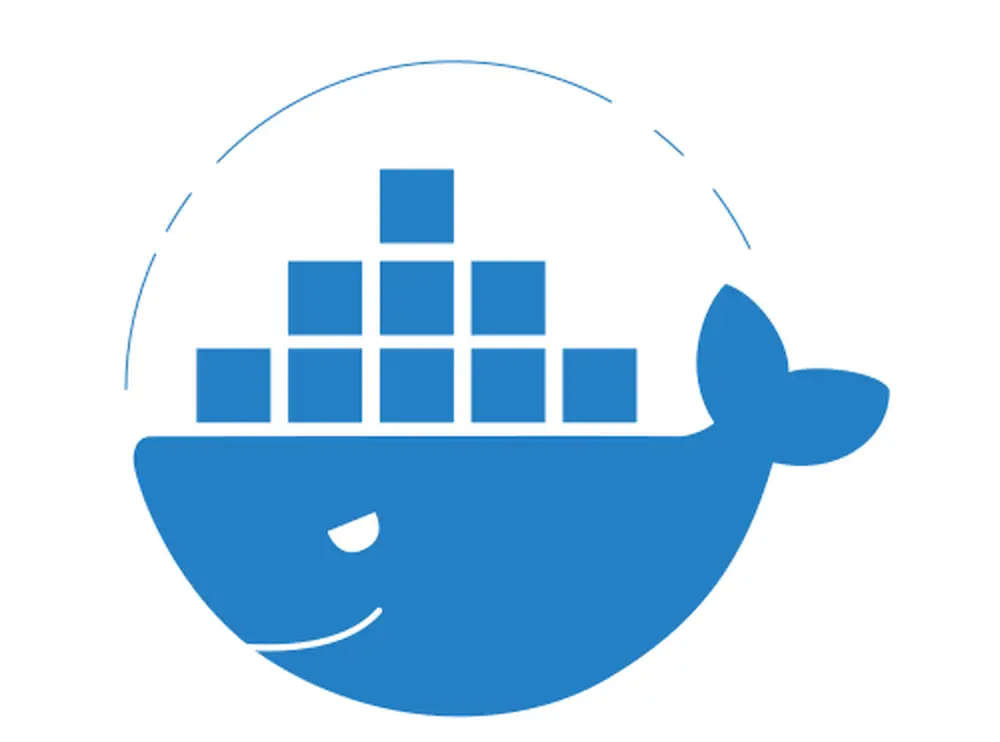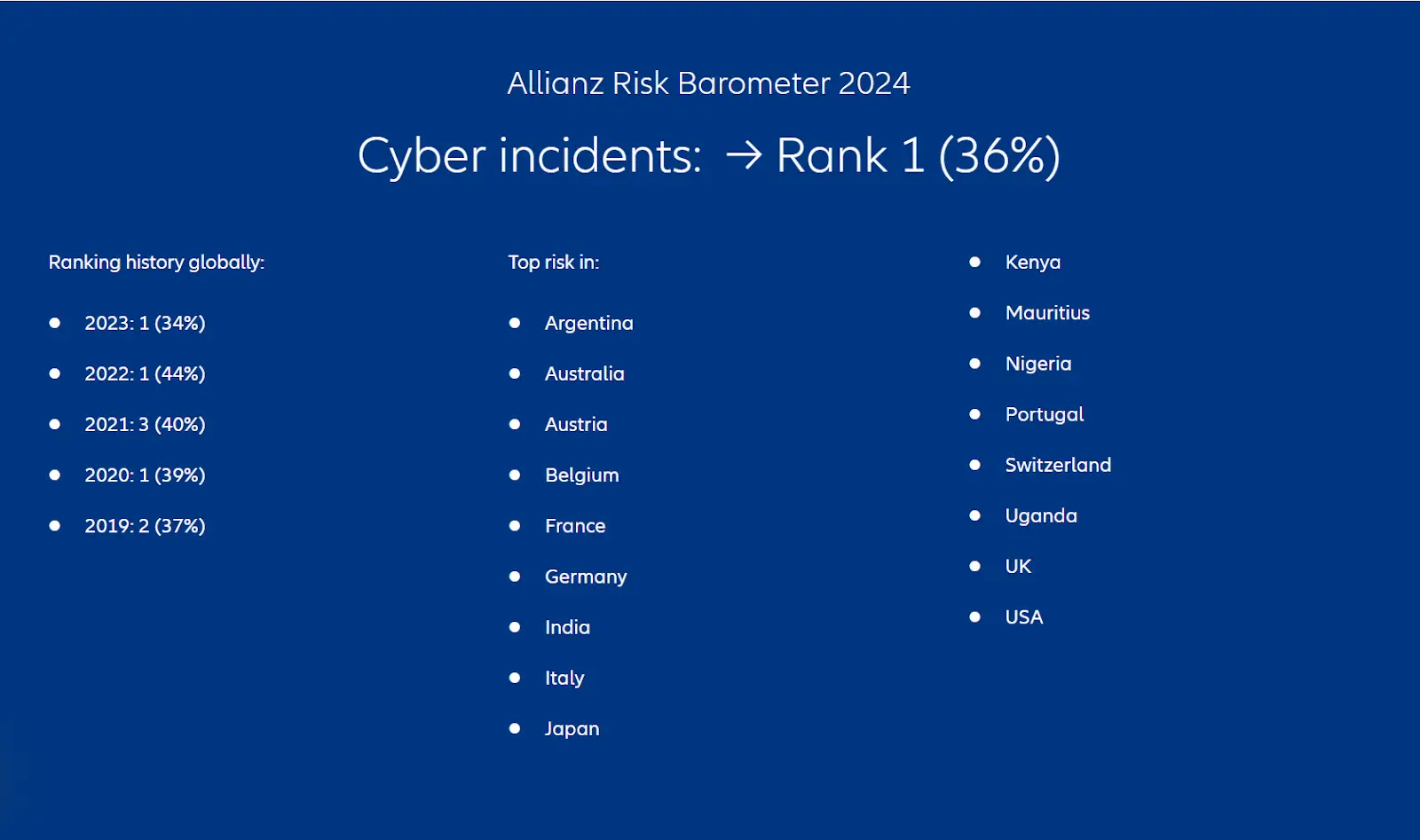Nmap | Proactive Defense: Secret Weapon for Mapping the Cyber Landscape
Introduction:
Nmap, short for Network Mapper, is a
powerful network scanning tool
renowned for its versatility and
effectiveness in network discovery,
port mapping, and vulnerability
assessment. Emerging as a
cornerstone in the arsenal of
network administrators and security
professionals, Nmap facilitates the
identification of live hosts,
performs comprehensive port scans,
conducts ping sweeps, and even
discerns operating systems and
versions with remarkable accuracy.
Its significance has been
underscored by recent cyberattacks,
where the absence of robust network
auditing tools like Nmap has proven
detrimental. For instance, the
Capital One breach could potentially
have been detected sooner through
vigilant monitoring of connected
devices. Nmap's utility extends
beyond mere reconnaissance; it
serves as a linchpin in the broader
spectrum of cybersecurity measures,
urging integration with
comprehensive Data Security
Platforms for holistic network
protection. By leveraging Nmap's
exhaustive network mapping
capabilities in conjunction with
advanced access control mechanisms
offered by platforms like Varonis'
Datadvantage, organizations can
fortify their defenses against
evolving threats, thereby
safeguarding critical assets and
preserving operational integrity.
At its core, Nmap operates through
intricate IP packet analysis,
employing a sophisticated array of
techniques to identify remote hosts,
discern their operating systems, and
scrutinize the services they offer.
Whether utilized by multinational
corporations or smaller entities,
Nmap remains indispensable for port
auditing, host monitoring,
penetration testing, and myriad
other network-centric tasks. Despite
its evolution over decades, Nmap's
essence remains rooted in its role
as a quintessential port scanner,
meticulously probing local and
remote ports to glean crucial
insights. By dispatching packets and
meticulously analyzing responses,
Nmap determines the accessibility
status of ports—be they open,
closed, or filtered—thus furnishing
users with invaluable intelligence
for informed decision-making in
network management and security
operations.
Why We Need Nmap in Your Cybersecurity Arsenal
Network Mapping and Inventory
-
Vulnerability Assessment
-
Service Enumeration and Version Detection
-
Firewall and IDS Evasion Techniques
Nmap excels at identifying active devices on a network. Whether you're managing a small home network or a large enterprise environment, understanding what devices are connected is crucial for maintaining security. Nmap helps create a detailed network inventory, allowing you to track authorized devices and identify potential intruders.
Nmap goes beyond simply identifying devices. It can also scan ports to see what services are running and their versions. By correlating this information with vulnerability databases, you can identify potential weaknesses in your network defenses. This proactive approach allows you to patch vulnerabilities before they can be exploited by attackers.
Nmap can identify the specific services running on a particular port and their versions. This information is valuable for understanding the functionality of devices on your network and identifying outdated software that might harbor known vulnerabilities.
Nmap offers a variety of techniques to bypass firewalls and intrusion detection systems (IDS) to a certain extent. This functionality is valuable for penetration testers who need to simulate real-world attacks and assess the effectiveness of your network security measures.
How To Use Nmap Effectively for Network Security
To effectively utilize Nmap, start by
installing it on your system—Nmap is
available for various platforms including
Windows, Linux, and macOS. Once installed,
familiarize yourself with its command-line
interface, as Nmap is primarily operated via
commands. Basic usage involves specifying a
target IP address or hostname followed by
desired scan options. For instance, running
a basic scan can be as simple as typing nmap
target.
However, to unleash Nmap's full
potential, experiment with different
scan types, such as TCP SYN scan (-sS),
comprehensive scan (-A), or even
stealthy scans (-sS -sV -sC).
Additionally, leverage Nmap's scripting
engine to automate tasks or extend
functionality. Remember to use Nmap
ethically and responsibly, as scanning
networks without proper authorization
may be illegal and unethical. With
practice and exploration, Nmap can
become an indispensable tool in your
arsenal for network reconnaissance and
security assessment.
How to Install Nmap in your system
Installing Nmap on Windows
-
Installing Nmap on macOS
Installing Nmap on Linux
Nmap, short for Network Mapper, is a
powerful open-source network scanning
tool used by security professionals and
network administrators worldwide. It's
renowned for its versatility and
effectiveness in network discovery,
security auditing, and vulnerability
assessment. In this guide, we'll walk
you through the straightforward process
of installing Nmap on various operating
systems.
• Download
the Installer: Visit the official
Nmap website and download the
Windows installer
(nmap
• Run the Installer: Once
the download is complete, locate
the installer file and
double-click on it to run the
installation wizard.
• Follow Installation
Steps: The installer will guide
you through the installation
process. Follow the on-screen
instructions, and within a few
clicks, Nmap will be installed
on your Windows system.
•
Download the Installer: Head to
the official Nmap website and
download the macOS installer
(Nmap-
• Run the Installer:
Locate the downloaded mpkg
file and double-click on it
to start the installation
process.
• Ignore Security
Warning (if applicable): On
some versions of macOS, you
might encounter a warning
stating that Nmap is from an
"unidentified developer."
You can safely ignore this
warning and proceed with the
installation by clicking
"Continue."
• Complete
Installation: Follow the
on-screen instructions
provided by the installer to
complete the installation of
Nmap on your macOS
system.
•
Check Nmap Availability:
Open a terminal window and
type the following command
to check if Nmap is already
installed: nmap --version.
• Install Nmap: If
Nmap is not installed, use
the package manager (e.g.,
apt for Debian-based
distributions) to install
it. Run the following
command in the terminal.
Features of Nmap
OS Detection
-
Service Detection
Host Discovery
-
Target Specification
IPv6 Support
-
NSE Functionality
-
TLS/SSL scanning
There are several features of Nmap that include the following:
OS scanning can be done in Nmap that detects the OS, version of the OS, and other details about it.
The several service probs found in the Nmap-services-probe-file are used to get the responses from network services and their applications.
This method is used by network hosts to gather data about other hosts in the network by the use of TCP and UDP protocols.
The target specification feature can be used to specify a Target IP address that you want to scan in Nmap.
IPv6 means Internet Protocol version 6 and it can be used in Nmap for scanning the network. As IPv6 is capable of scanning larger addresses than IPv4, it makes scanning through CIDR-style scanning ranges that make it idle for scanning larger addresses.
NSE stands for Nmap Scripting Engine and it comes in Nmap functionality that you can use for host discovery, network scanning, and target specification.
The TLS deployment problems can be analyzed fastly with the help of Nmap.
Mastering Basic Nmap Command and Scanning Techniques
Scan a Range of IP Address
-
Port Scanning
-
Ping Scanning
-
SYN Scan/Stealth Scan/Half Open Scanning
-
UDP Scanning
-
Saving the Nmap Scan Output to a File
-
Exclude Host/ IP Addresses for the Scan
-
Service Version Detection
-
Aggressive Scanning
-
XML output
-
Disable DNS Name Resolution
To scan a range of IP addresses, the Nmap command.
nmap -sp 192.168.1.1/24
There are multiple commands in Nmap for scanning ports such as: To scan TCP port 80, the following Nmap command can be used.
nmap -p T:80 192.168.1.1
Ping Scan Using Nmap: It can be used for host discovery and the following command can be used
nmap -sP 192.168.1.1/20
-sS is used for SYN Scan. SYN Scan is the same as TCP Scan but it does not complete the 3-way handshake process.
nmap -sS 192.168.1.12 --top-ports 50
-sU is used to activate the UDP Scan. It generally sends the empty UDP packets and it takes more time than TCP Scan.
nmap -sU 192.168.1.12 --top-ports 50
The syntax for the command to save the Nmap output to a text file is as follows.
nmap 192.168.1.1 > op.txt
In order to exclude the hosts from the Nmap scan, you can use the following Nmap commands
nmap 192.168.1.1-24 –exclude 192.168.1.4
The service version can be detected for IPv4 script with the help of Nmap by using this commands.
nmap -v -A 192.168.1.1
Nmap has an aggressive mode that enables OS detection, version detection, script scanning, and traceroute.
nmap -A scanme.nmap.org
Nmap scans can also be exported to XML. It is also the preferred file format of most pen-testing tools, making it easily parsable when importing scan results.
nmap -oX output.xml scanme.nmap.org
This can be extremely useful if you want to scan a large network. For example, to turn off DNS resolution for the basic ping scan.
nmap -sp -n 192.100.1.1/24
Empower Your Network Defense: The Nmap Guide
Nmap stands as a cornerstone in the toolkit of network administrators and security professionals alike, offering unparalleled capabilities in network exploration and security auditing. Its ability to swiftly uncover crucial details about networks, including hosts, ports, and operating systems, empowers users with actionable insights for securing their infrastructure. Beyond its fundamental features, Nmap boasts a plethora of settings and options that further enhance its productivity and versatility. From fine-tuning scan parameters to leveraging advanced scripting capabilities, Nmap provides a comprehensive toolkit for tackling diverse networking challenges.
With that, we conclude our exploration of Nmap's capabilities and encourage readers to continue their journey towards proficiency in network security tools and techniques. Stay curious, stay vigilant, and keep exploring the ever-evolving landscape of cybersecurity
Strengthening Supply Chain Security with SMIIT CybeAI: A Comprehensive Solution
As a SMIIT CyberAI, we champion the deployment of Nmap, or Network Mapper, as a pivotal asset in fortifying network defenses against evolving cyber threats. Nmap's unparalleled capabilities in network scanning, port mapping, and vulnerability assessment empower organizations to swiftly identify active devices, conduct comprehensive port scans, and discern operating systems with remarkable accuracy. Recent cyber incidents, such as the Capital One breach, underscore the critical importance of proactive network auditing tools like Nmap in mitigating risks and preserving operational integrity. By integrating Nmap's exhaustive network mapping capabilities with advanced access control mechanisms offered by platforms like Varonis' Datadvantage, organizations can bolster their defenses against emerging threats. In essence, Nmap operates through intricate IP packet analysis, employing a sophisticated array of techniques to identify remote hosts, discern their operating systems, and scrutinize the services they offer. Whether deployed by multinational corporations or smaller entities, Nmap remains indispensable for port auditing, host monitoring, penetration testing, and various other network-centric tasks. With Nmap as a cornerstone of your cybersecurity arsenal, you can adopt a proactive stance in addressing vulnerabilities, thereby mitigating risks and safeguarding against potential breaches.
Recent Tweets
- "Protect your digital fortress! 💻🔒 Stay ahead of cyber threats with these essential cybersecurity tips" https://bit.ly/smiit-cyberai1 Jan/12/2024
- "Hackers beware! 🔍🛡️ Strengthen your defense against cyber attacks with the latest cybersecurity tools and best practices" https://bit.ly/smiit-cyberai2 Feb/10/2024








.png)






